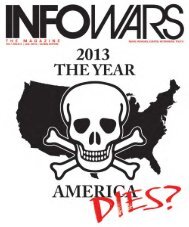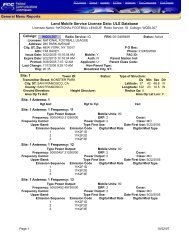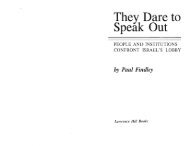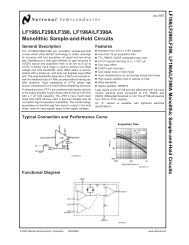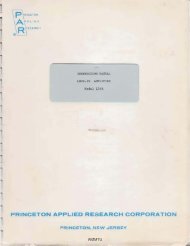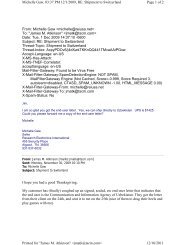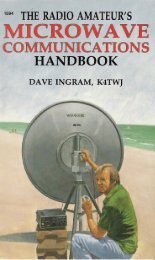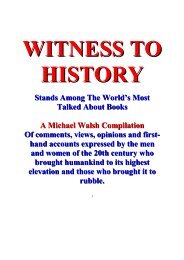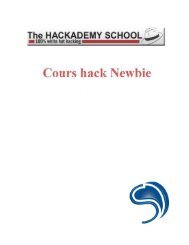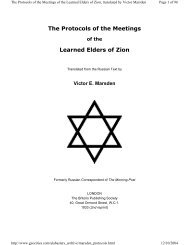A License Plate Recognition and Speed Detection System - Index of
A License Plate Recognition and Speed Detection System - Index of
A License Plate Recognition and Speed Detection System - Index of
Create successful ePaper yourself
Turn your PDF publications into a flip-book with our unique Google optimized e-Paper software.
The h<strong>and</strong>-held radar gun was invented by Bryce K. Brown <strong>of</strong> Decatur Electronics in<br />
March 1954, <strong>and</strong> was first used in Chicago, Illinois by Patrolman Leonard Baldy in April 1954.<br />
It is interesting to note, the State <strong>of</strong> Connecticut has a statute that states “On <strong>and</strong> after July 1,<br />
1992, no h<strong>and</strong>-held radar device that emits nonionizing radiation may be used in this state by any<br />
state or municipal police <strong>of</strong>ficer in the course <strong>of</strong> his employment for the purpose <strong>of</strong> preventing or<br />
detecting any violation <strong>of</strong> any law relating to motor vehicles (C.G.S., Title 7, Chapter 104, § 7-<br />
294z).<br />
Early radar guns used frequencies in the 2 to 4 GHz S-b<strong>and</strong> range (Ref. 10). Microwave<br />
ovens <strong>and</strong> some low powered communications devices also operate at these frequencies. For this<br />
reason <strong>and</strong> the fact that the gun had a maximum range <strong>of</strong> only 500 feet, the guns are now<br />
obsolete. A vehicle moving at 55 mph would traverse this range in 6.2 seconds; not much time<br />
for the old vacuum tube technology to respond to a stimulus.<br />
X-b<strong>and</strong> (10.525 GHz) radars were developed <strong>and</strong> deployed in the mid 1960’s. They had<br />
better performance characteristics in bad weather when compared to K <strong>and</strong> Ka b<strong>and</strong> radars; but<br />
they also had wider beamwidths.<br />
K-b<strong>and</strong> (24.15 GHz) was introduced in the mid to late 70’s <strong>and</strong> had been used by the<br />
military during WWII. These devices were very susceptible to weather conditions, as a result <strong>of</strong><br />
water vapor absorption at 22.24 GHz.<br />
In 1992, the Federal Communications Commission exp<strong>and</strong>ed the previously allocated<br />
Ka-b<strong>and</strong> (33.4 to 36 GHz) for use with traffic control radars. These units have a narrow<br />
beamwidth, but they are also affected by weather conditions which shortens their operating<br />
range. Manufacturers <strong>of</strong> Ka –b<strong>and</strong> radar have engineered their systems to provide channels either<br />
72



